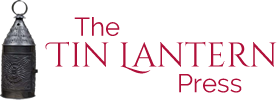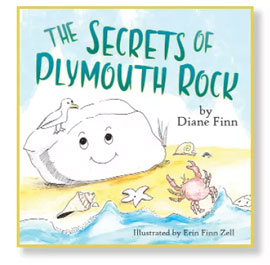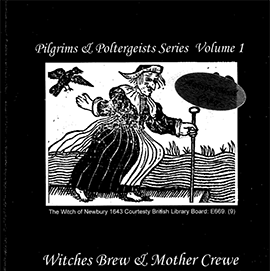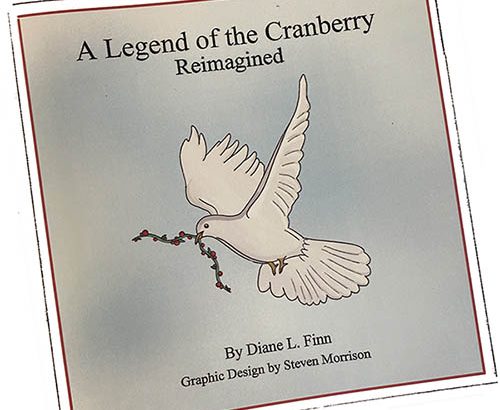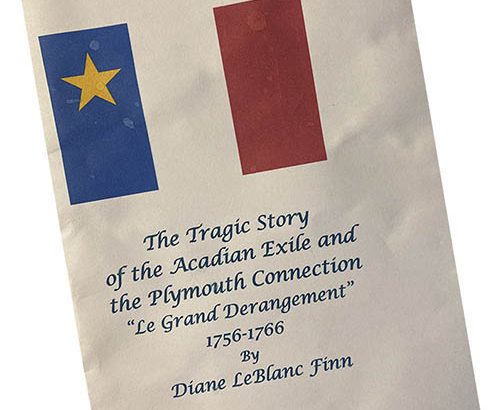Celebrating Thanksgiving “Pilgrim Style”
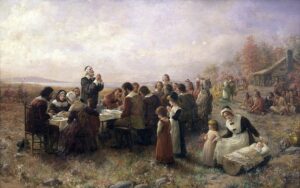
As a fourth-grade classroom teacher, I enjoyed occasionally spoofing the class with a surprise lesson. Knowing what Thanksgiving really meant to a 17th century Pilgrim child, I thought the best way to illustrate it was with a role-playing lesson. So, one year, I actually did the following:
For a few weeks I let the class know that on the Wednesday before Thanksgiving recess, we would celebrate Thanksgiving just like the Pilgrim children would have done. I would emphasize that repeatedly with great enthusiasm.
When the students arrived on that special day, they found that all desks and accessories had been pushed aside, and two rows of benches 4 deep would await them along with a podium at the front of the room.
Children were sternly instructed to sit on these benches: girls on one side, boys on the other. I asked two aids to assist me in the back of the room.
Going to the podium and in a dry dull voice, I read from William Bradford’s journal. The job of the aids was to remind students (with loud stern commands) to sit up straight, not to talk or to fool about in any way.
At some point a student complained aloud, so I stopped and appear shocked asking, “What? This is not what you expected? How did you think we would celebrate like the Pilgrims?”
I created 2 columns and the class then brainstormed one column listing what the students expected for the Pilgrim celebration, and one as to how they/their family celebrates Thanksgiving.
After we had brainstormed and generated a list, I explained what Thanksgiving was like in the 1627 Plimoth Village then added a bit of the historic timeline. (See Pilgrim Hall link below)
To conclude the lesson, we read Laurie Halse Anderson’s book Thank You, Sarah The Woman Who Saved Thanksgiving followed with a popcorn and juice snack.
Note: What we think of as the First Thanksgiving in 1621 here in Plymouth was a secular event similar to what the first settlers experienced in England and throughout Europe before arriving in the New World. Everyone worked together to bring in the harvest and prepare it for a long harsh winter. So, communities celebrated after a good harvest and the hard labor it took from all to complete it. That event as described by Edward Winslow in 1621 was most likely in October, not November.
A day of Thanksgiving in 17th century Plimoth was not an annual event, but rather one declared by the Governor to thank God for His answers to prayers. That was done with prayer and fasting, not play and feasting.
The true timeline of the development of the American holiday might just surprise you:
Check out https://pilgrimhall.org/pdf/TG_Evolution_Thanksgiving.pdf
“Thanksgiving As An Annual Holiday
A Chronology”
And Plimoth Patuxet for even more great information for students.
